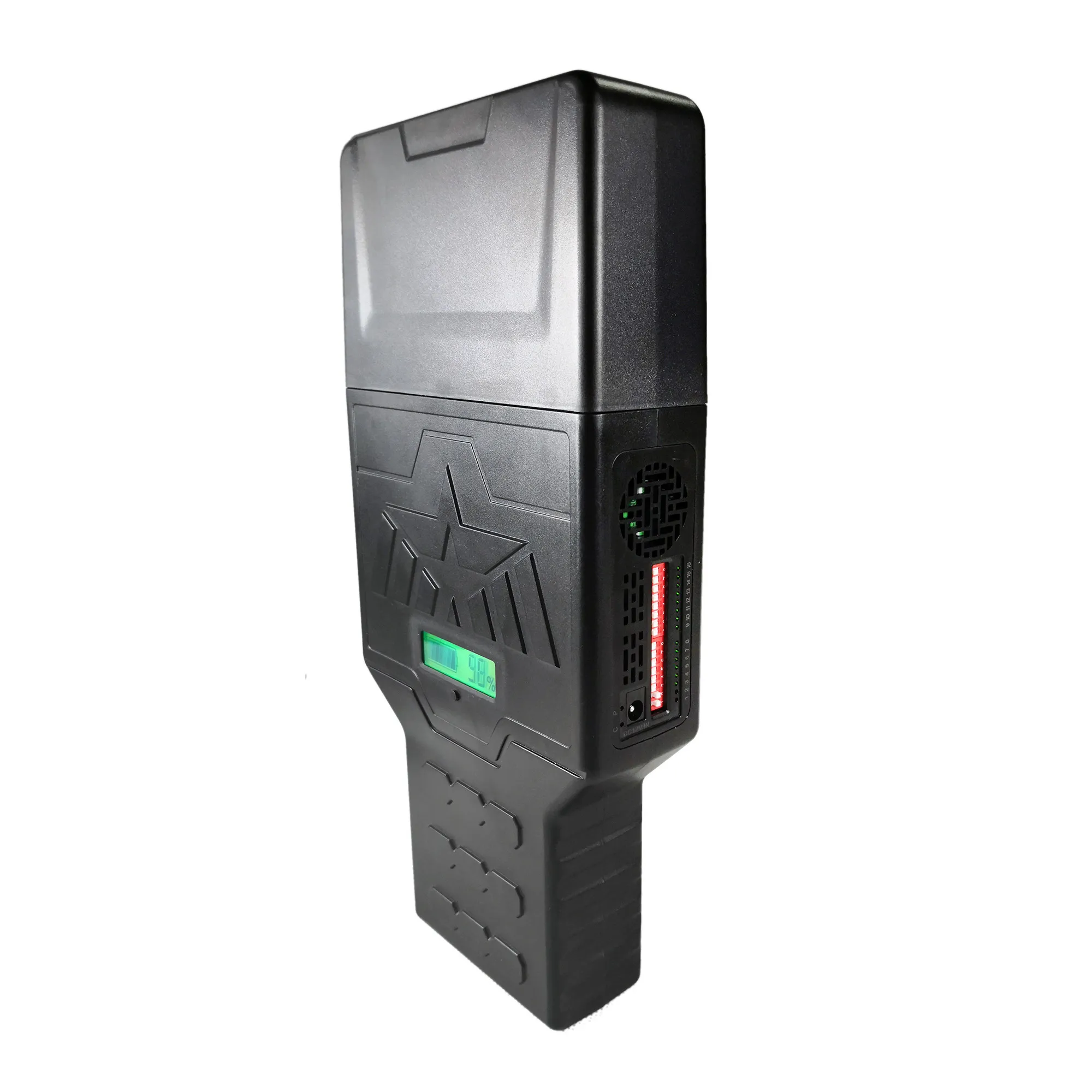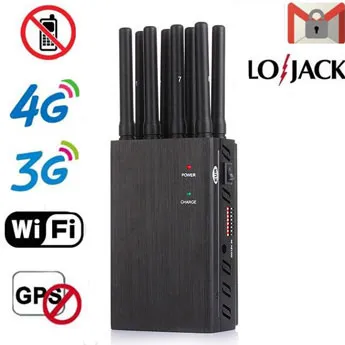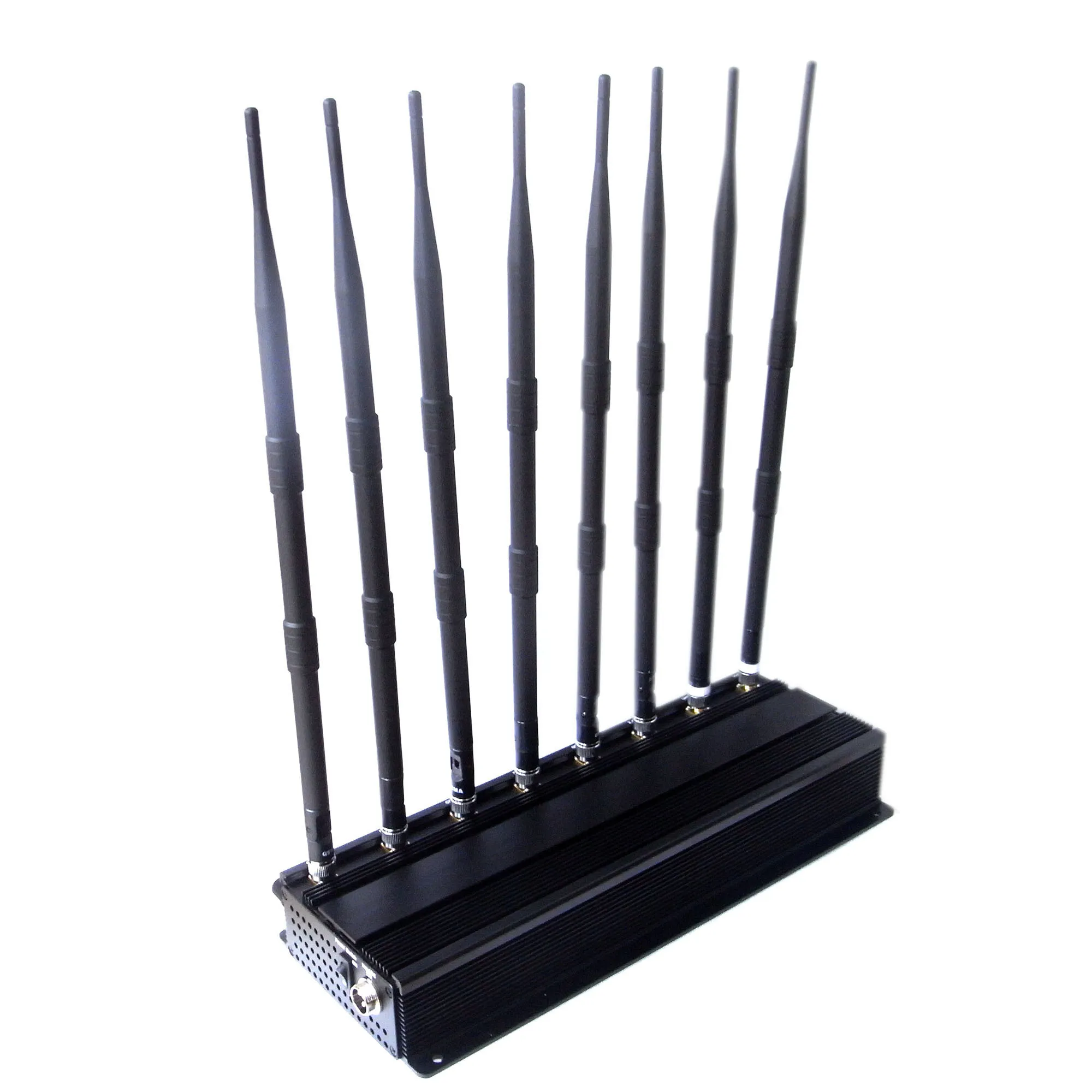
The main working principle of common portable UAV jammers is to trigger the safety logic of UAVs by suppressing and blocking the frequency bands of control signals and navigation signals to achieve the effect of driving away or forced landing.
The device consists of a handheld host and a battery pack. The handheld host is a three-band transmitter antenna integrated design, which can simultaneously generate 2.4GHz/5.8GHz frequency UAV flight control interference signals and satellite positioning interference signals, through the UAV's uplink flight control channel and satellite positioning channel. Blocking interference makes it lose flight control commands and satellite positioning information, making it unable to fly normally. Depending on the design of the Drone jammer, it will produce control effects of returning, landing, and falling.
Earlier this month, MyDefence successfully demonstrated its lightweight, wearable anti-group UAS detection and blockage devices Wingman 103 and Pitbull. During the demonstration, five drone operators tried to conduct a coordinated attack, and all of them lost control of the vehicle.
Christian Steino, CEO of MyDefence, said that the system can beat "countless drones." The company claims that its product is the only wearable anti-UAS jammer on the market. Features include a weight of 775 grams (without battery), up to 20 hours of standby time, two hours of continuous interference time, automatic and manual interference modes, a maximum interference range of 1000 meters, 2 watts of Power output and programmable Software tailored to specific drone type, distance and jammer range. The company said that Pitbull combined with the Wingman drone detector will automatically block the drone signal when it detects the drone, allowing the wearer to focus on their task without worrying about the enemy drone.










